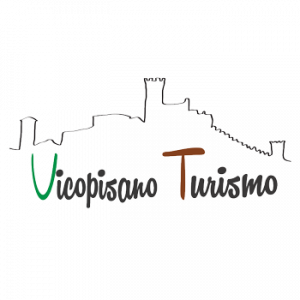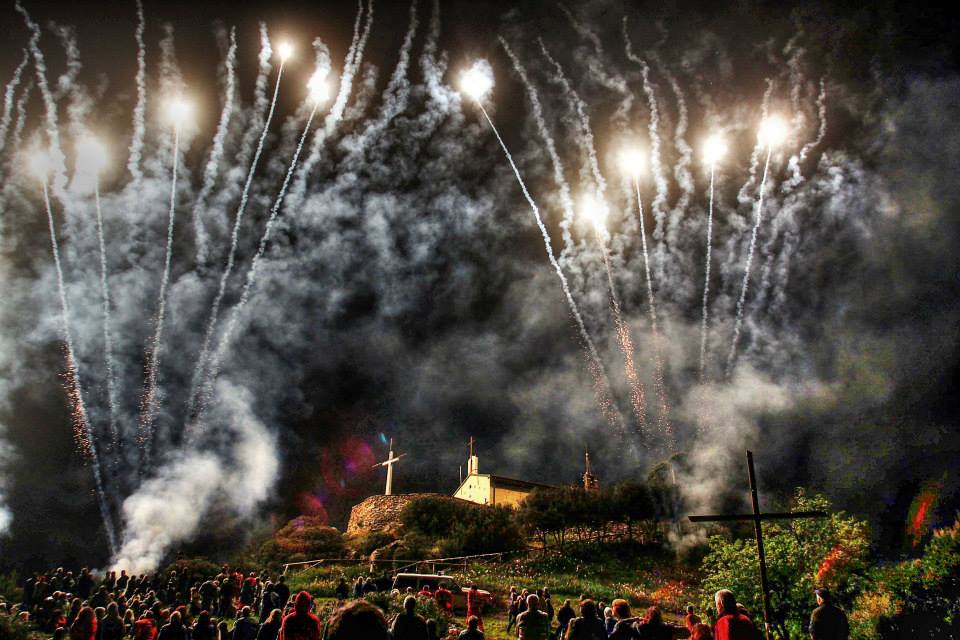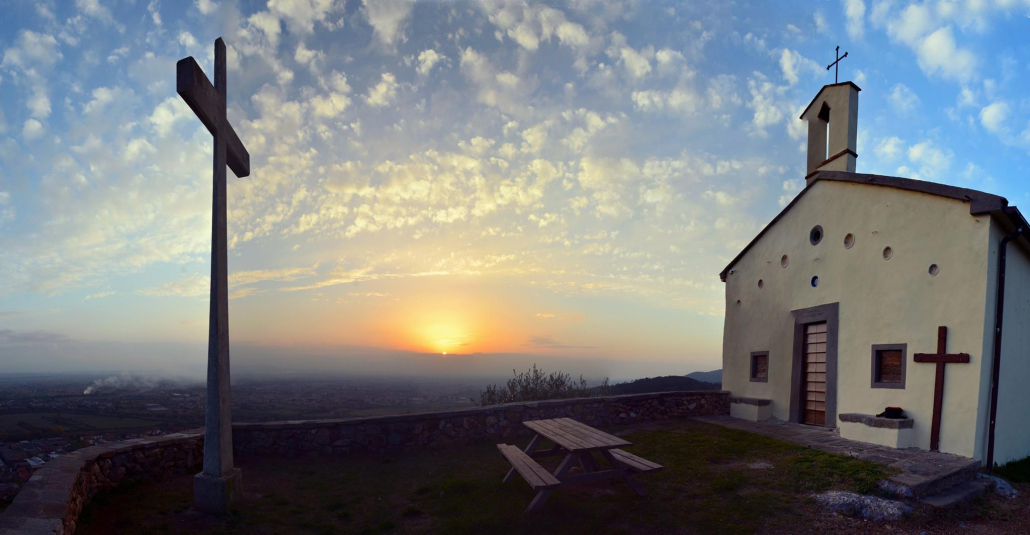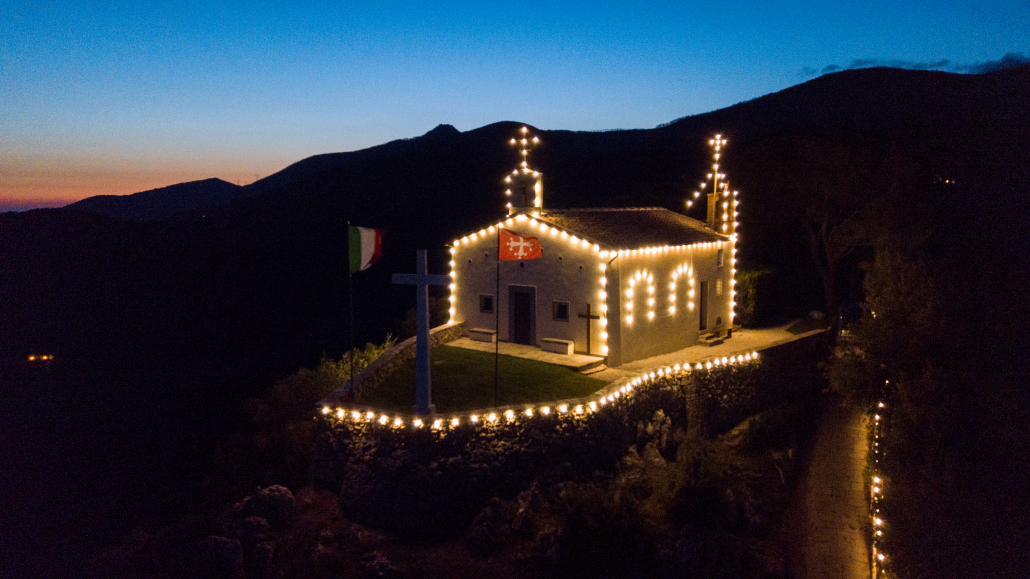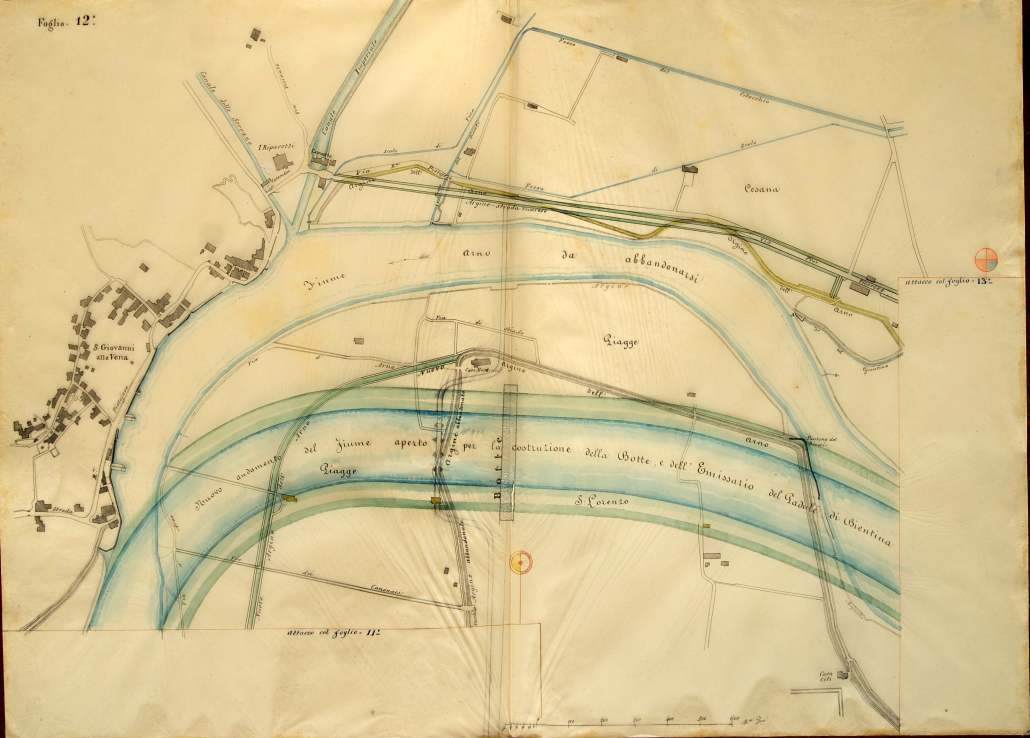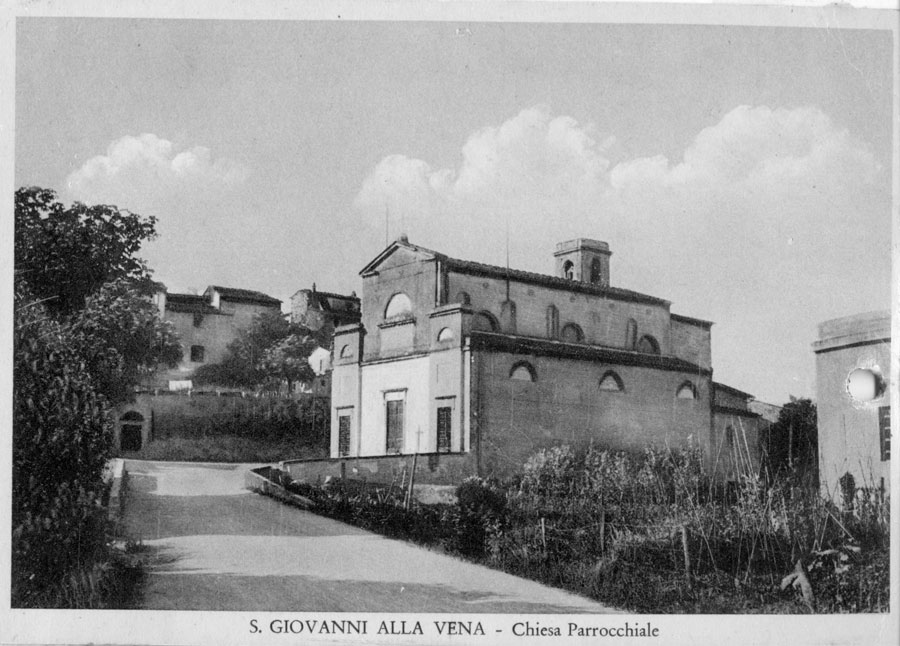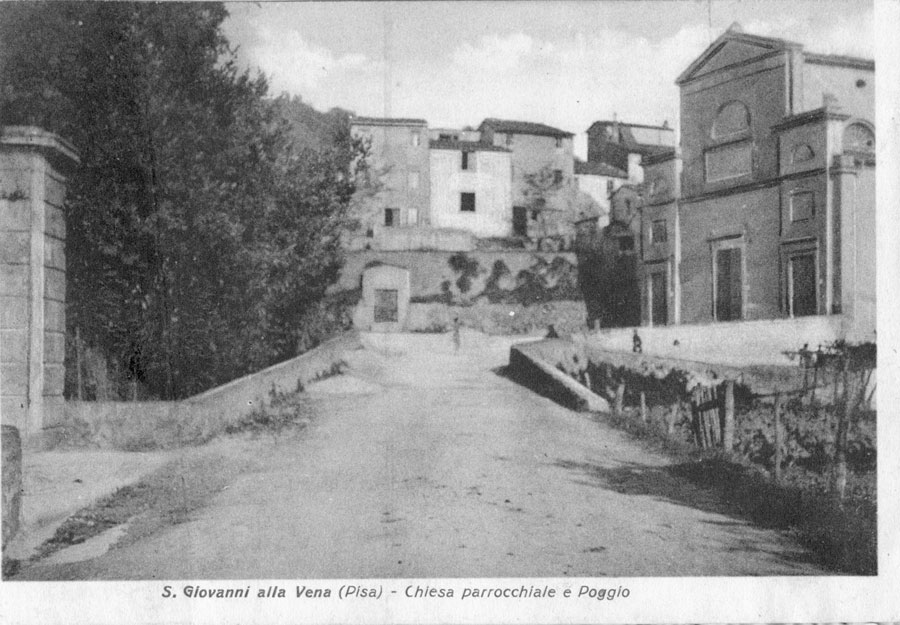History
The village of San Giovanni alla Vena is situated 3 kilometers South-East of Vicopisano and is delimited by Monte Pisano on the northen side and by the river Arno on the southern side. San Giovanni was first mentioned in documents dating back to the 10th century. Traditionally, its name derives from a presumed vein (“Vena”) of gold or other precious mineral. Since Middle Ages, many noble families of Pisa had their estates in this area. This tradition was kept up also in the following centuries; some splendid villas dating back to the 1700-1800 are still inhabitated in the village. They belonged to important families and were surrounded by magnificent parks. The role plaid by San Giovanni alla Vena in the wars between Pisa and Florence is uncertain, even if in the 19th century there were some medieval defensive towers that were still stending: they have been lowered and transformed in civil dwellings. We know for sure that a battle between the Pisan and the Florentine armies took place near the village in 1363, which is known as the "Battle of the Bath at the Vein".
Pottery & Traditions
The history of San Giovanni alla Vena has always been linked to the pottery making, a well established activity in that area since the 16th century. The lack of cultivable lands was the reason for seeking other activities by the inhabitants of the village; they found these means of support working baked clay, the “red clay” as it was called in some documents dated 1500, in order to distinguish it from the clay coming from Montelupo, which was white. This tradition has been continued and still nowadays many craftsmen of San Giovanni deal with pottery making. Another field of activity is the production of craft-made furniture, likewise the nearby district of Cascina.
The Monuments
The most architectonically important edifice is the Parish Church of Saint John the Evangelist, edified in 1828 on the foundations of an earlier 16th century church (the first document mentioning dates back to 975). Among the works of art present on the inside of the church there is an Holy Cross painted by Enrico di Tedice in the second half of the 13th century (but it was originally in the church of Castellare).
On the left side of the church there is theoratory of the Company of the Holy Sacrament – now used as a warehouse. On the outside of this ancient chapel there is a marble relief representing the Annunciation, dated 1639. In close proximity to the Parish church we can see theoratory of San Rocco , that was constructed in 1635 according to the will of Tedda Cascina. It is currently used as a warehouse. Along the streets of the village, there are three 16th century marble tabernacles representing the Madonna with the Infant. On the Piazza della Repubblica, there is a Memorial of World War I, made by Arturo Tomagnini.
In the surroundings there are many outstanding palaces dating back to the 18th-19th century, among which Villa Lupi (now Conti) and Villa Rossoni-Mastiani, both of them provided with private chapels.
On top of the hill which dominates the village we can see theOratory of Santa Croce in Castellare, probably built in 1656 on the foundations of an earlier edifice (a castle, according to some theories). It was completely rebuilt in 1723 and then again in 1818.
In May 2017, an accidental explosion seriously damaged the Castellare oratory.
